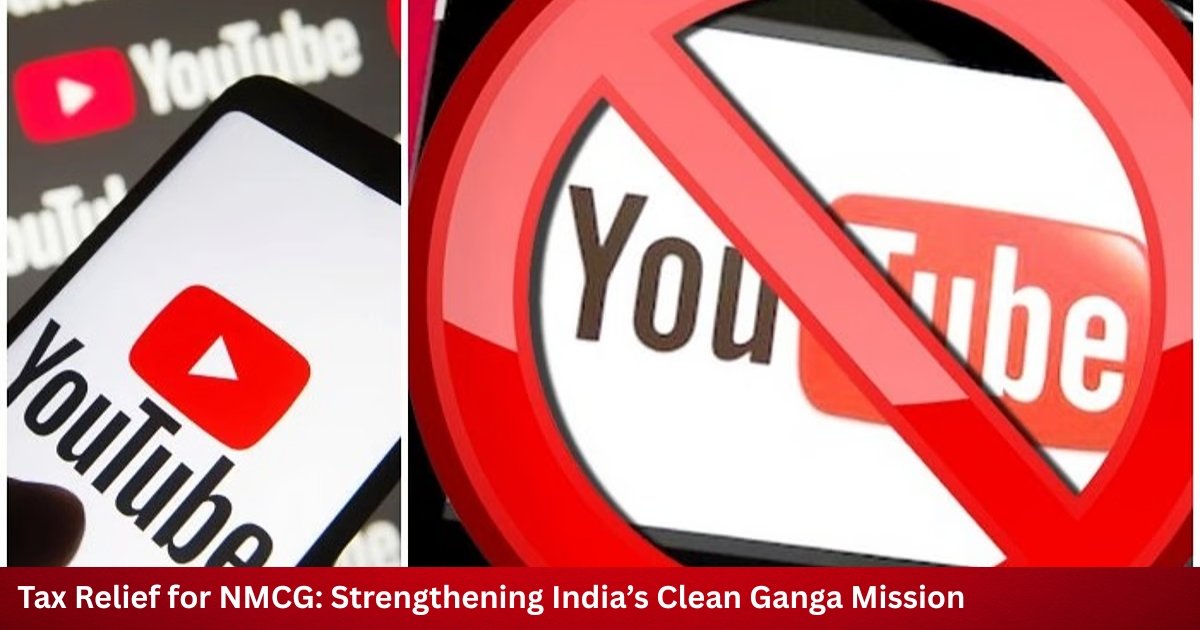
What happened in Pahalgam is more than just terrorism, it is a sensitive issue that left the nation devastated. When people were still reeling from the news, there were several Pakistani YouTubers who were seen to spread false statements about the terrorist attack. The information shared on those 35 YouTube accounts somehow affected the thoughts of people.
In order to get a hold of the situation, the government of India made a bold move and put a pause on anti-India propaganda and inflammatory content. The action was taken by the Ministry of Information and Broadcasting (I&B). The government aims to tackle the growing problem of disinformation and online radicalization. In the wake of recent political and security tensions between two countries, this new step tends to have a lot of effect.
Rationale for the Ban
Social media has always been playing a major role in creating awareness and spreading information. This nature of social media also takes a wild turn, especially in times of political unrest. In recent months, 35 Pakistani YouTube channels with more than 12 million followers have been deemed provocative content that is harmful to India’s national security.
The banned channels with more than a million subscribers were found to be broadcasting content that violated India’s digital sovereignty. The government alleges that the channels were broadcasting content aimed at spreading misinformation. They also incited violence and exacerbated communal divisions. There were also other videos aimed at the situation in Kashmir, the political leadership of India, and even the Indian military.
Overview of the Banned Channels
The 35 banned Pakistani channels were identified by the Ministry of Information and Broadcasting in coordination with national security agencies. The channels had reportedly used YouTube as a platform to spread misinformation about the country and the situation after the Pahalgam attack. Some of the key themes related to the information spread by these YouTube channels are
- Anti-India Propaganda: The channels focused on depicting negative light on India and distorting historical events and political developments.
- Religious polarization: Some of the videos also targeted specific religious communities in India and spread information of religious division and intolerance.
- Violent Content: Some of the videos also showcased violent rhetoric aimed at inciting hatred and aggression towards India.
- Fake News and Information: The YouTube channels were also found to be spreading false information about Indian political figures.
Impact of the Ban
India has taken a significant decision in banning these Pakistani YouTube channels and somehow controlled the flow of information in the digital age. The decision of the government is also a reflection of its border approach to encountering the digital age.
The banned channels also had millions of views and thousands of subscribers and most of them were from and within India. This is also concerning because such channels have the potential to influence public opinion, especially in regions with heightened sensitivity around issues such as Kashmir.
Wrapping Up
The decision of the Indian government to ban 35 Pakistani YouTube channels is a significant step in the ongoing efforts to manage digital information and safeguard national security. The high influence of social media has also led to managing online content while balancing freedom of speech with national security concerns. The action taken by India also reflects the increasing importance of controlling the digital narrative in modern geopolitics. As the tension between Pakistan and India remains high, digital platforms keep reshaping people’s thoughts and opinions.
